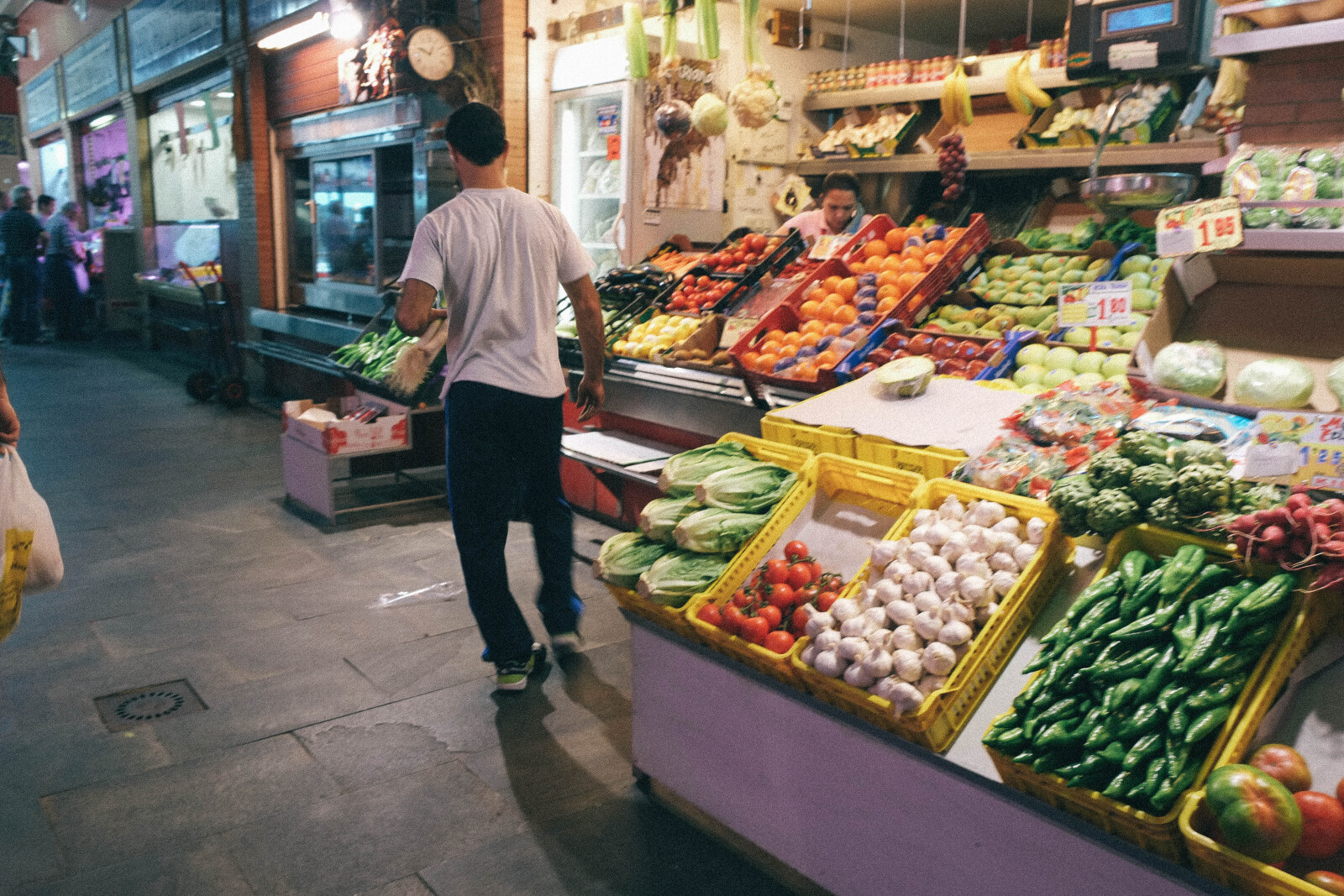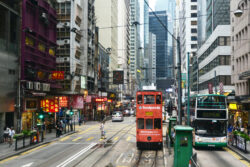10 Steps After a Slip and Fall in a Grocery Store or Supermarket
Navigating the aftermath of a supermarket slip and fall accident can be akin to traversing a legal labyrinth. This article elucidates the ten critical steps to follow post-incident, from immediate incident reporting to the pursuit of fair compensation.

It provides comprehensive guidance on gathering key information, understanding legal obligations, evading common post-accident pitfalls, and the importance of medical documentation, thereby empowering victims to safeguard their rights and secure just recompense.
Key Takeaways
- Immediately report the slip and fall accident to the store manager or an employee.
- Seek medical attention promptly and follow all recommended care.
- Collect important information such as the store's insurance company, corporate office contact information, and owner's contact information.
- Preserve evidence by taking pictures and videos of the accident scene and any visible injuries, and gather witness statements if possible.
Understanding the Incident Scene
Understanding the incident scene after a slip and fall in a grocery store or supermarket involves immediate documentation, including the collection of photographic evidence and independent witness contact information, to support potential premises liability claims.
This initial stage serves as a crucial part in assessing liability. It enables the identification and documentation of hazardous conditions such as wet or uneven floors, obstructed aisles, or improperly maintained equipment. These details are pivotal in establishing the grocery store or supermarket's negligence or breach of duty of care.
Moreover, the secured witness testimonies can provide an unbiased recount of the incident, solidifying the link between the hazardous condition and the resultant injury.
Hence, understanding and accurately documenting the incident scene is indispensable in substantiating premises liability claims.
Gathering Crucial Information
Gathering crucial information in the aftermath of an incident involves securing details such as the name of the establishment's insurance company, the contact information of the corporate office, and, if relevant, the details of the owner. This information is paramount in understanding liability and exploring legal representation options.
- Understanding Liability: The store's insurance company is responsible for compensation claims resulting from the accident. Thus, understanding the store's liability is critical.
- Corporate Office Contact: Communication with the corporate office provides insight into the store's policies and procedures for handling such incidents.
- Owner's Details: If the store is an independent establishment, the owner's details are crucial for processing a claim.
This information, when effectively compiled, aids in pursuing a successful claim.
Evading Common Pitfalls Post-Accident
Navigating the aftermath of an incident effectively requires the avoidance of common pitfalls post-accident, such as neglecting to report the incident immediately or failing to seek prompt medical treatment. Understanding liability and avoiding legal mistakes are crucial in ensuring a favorable outcome.
| Common Pitfall | Reason to Avoid | Recommended Action |
|---|---|---|
| Neglecting to report the incident | Inhibits documentation of incident | Report immediately |
| Failing to seek prompt medical treatment | Potentially aggravates injuries and undermines claim | Seek immediate medical attention |
| Making self-incriminating statements | May implicate oneself in the incident | Remain silent on fault attribution |
Adherence to these steps is vital in not only maintaining one's health but also in facilitating a smoother legal process. Quick action, careful communication, and immediate medical intervention are core strategies for successfully navigating post-accident procedures.
Recognizing Typical Supermarket Accidents
Commonplace accidents within food retail environments often encompass slips, trips, and falls, primarily due to wet floors, clutter, or poorly maintained walkways. These incidents significantly contribute to the prevalence of slip and fall accidents. The liability of grocery stores in accidents is consequently a vital concern, due to the potential harm to customers and subsequent legal repercussions.
- Wet surfaces, often resulting from spillages or cleaning activities, pose a substantial risk.
- Cluttered aisles or poorly placed stock can create tripping hazards.
- Neglected maintenance of pathways can lead to uneven surfaces or obstructions.
This highlights the necessity for diligent attention to safety protocols within food retail establishments. Proper management can reduce accident rates, safeguarding both customers and stores from the consequences of these incidents.
The Role of Witnesses in Your Case
In the context of a slip and fall case, the role of witnesses can be instrumental in establishing the sequence of events and substantiating the claim. Independent witnesses, such as other shoppers or bystanders, can provide unbiased accounts of the incident, strengthening the credibility of the claim.
Similarly, store employees, despite potential conflict of interest, may also serve as witnesses, providing crucial details about the conditions leading to the accident. Witness statements, properly documented, constitute essential evidence in such cases.
Their involvement can significantly influence the outcome, potentially increasing the compensation for slip and fall injuries. Therefore, it is crucial to gather and document witness accounts meticulously, thereby fortifying the claim and enhancing the prospects of appropriate compensation.
Utilizing Photographs for Evidence
Utilization of photographs as evidence plays a significant role in substantiating slip and fall claims, as these visual documents can vividly illustrate hazardous conditions, visible injuries, and other relevant factors at the accident scene. The importance of visual evidence cannot be overstated. It provides a tangible, unbiased record of the incident and the conditions that caused it.
Using surveillance footage can further strengthen a claim, as it may provide a real-time account of the fall, thus leaving little room for dispute.
- Photographs can show the exact location and nature of the hazard that caused the accident.
- They can reveal if any warning signs were present or absent at the scene.
- Visual evidence can document the severity and immediate impact of the injuries sustained.
Importance of Prompt Incident Reporting
Prompt reporting of the incident to the relevant authorities is crucial in the process of seeking redress for injuries sustained in slip and fall accidents. This action aids in the accurate and immediate documentation of the event, preserving crucial details.
The importance of witness statements cannot be overemphasized in this process. These accounts provide an impartial perspective and offer corroborating evidence to support the victim's claims.
Delay in incident reporting may result in loss of vital evidence, cause discrepancies in the event's narration and potentially weaken the victim's case. Therefore, the combination of prompt incident reporting and collection of witness statements form the bedrock of a strong case in slip and fall accidents.
To maximize the potential for justice and fair compensation, these steps should be followed diligently.
Acquiring Insurance and Ownership Details
Acquiring the insurance and ownership details of the supermarket is a crucial step in the aftermath of a fall. These details facilitate the process of negotiating settlements for the damages sustained. They provide the basis for establishing a line of communication with the relevant parties and can expedite the resolution process.
Three essential pieces of information to gather are:
- The supermarket's insurance details: This will be the primary point of interaction for compensation claims.
- Contact information of the supermarket's corporate office: This is useful for official correspondence about the incident.
- Ownership details: In some cases, the owner might be different from the management entity, and their involvement might be necessary.
Exploring legal representation options can further enhance the prospects of securing a favorable settlement, as attorneys can provide expert guidance on the most effective negotiation strategies.
Compiling Medical Documentation
Gathering comprehensive medical documentation is fundamental in substantiating the extent of injuries sustained following an accident, and subsequently, in establishing the quantum of damages for compensation claims. The importance of thorough documentation cannot be overstated, as it serves as concrete evidence of the physical consequences of the accident.
This involves obtaining all relevant medical records, including examination findings, diagnostic test results, treatment plans, prescriptions, and prognosis reports. Ensuring accuracy in medical records is crucial, as any discrepancies or omissions can compromise the credibility of the claim.
Additionally, keeping an organized record of all medical expenses, including receipts for medications and travel costs for medical visits, aids in accurately quantifying the financial impact of the injury. Therefore, meticulous medical documentation is key in fortifying the validity of compensation claims.
Pursuing Just Compensation
In the aftermath of a slip and fall accident in a grocery store or supermarket, the procurement of medical documentation is of paramount importance. It not only provides evidence of the severity of the injury but also aids in calculating damages.
The transition to pursuing just compensation necessitates a shift in focus towards the legal aspects of the case. This includes:
- Establishing liability: The injured party must prove that the store was negligent and its negligence caused the injury.
- Quantifying damages: The injured party should provide evidence of all expenses incurred, including medical bills, lost wages, and intangible losses such as pain and suffering.
- Legal representation: A competent lawyer can provide crucial assistance in assembling evidence, establishing liability, and calculating damages.
Frequently Asked Questions
What Should I Do if the Store Manager Refuses to Document the Incident or Cooperate With Me?
If a supermarket manager refuses to document an incident or cooperate, legal recourse may be necessary. Such manager confrontation can be handled by contacting the supermarket's corporate office or the store's owner.
If the issue persists, engaging a personal injury attorney could be beneficial. They can help in securing evidence, witness statements, and possibly surveillance footage, crucial for establishing liability.
It is essential to act promptly to protect one's rights and potential compensation.
Am I Allowed to Take Photos or Videos Inside a Supermarket for My Accident Evidence?
In the context of evidence collection after a supermarket accident, the legality of video recording varies by jurisdiction. However, generally, individuals are permitted to document the circumstances of an incident for legal purposes.
This can involve capturing images or video of hazardous conditions that contributed to a fall. It is crucial to maintain a detailed record for potential litigation, and such visual evidence plays a significant role in establishing the premises' liability.
Are There Any Specific Laws That Protect Customers From Slip and Fall Accidents in Grocery Stores?
Premises liability laws play a crucial role in protecting customers from slip and fall accidents in grocery stores. These laws stipulate that property owners, including grocery stores, have a duty of care to maintain a safe environment.
Additionally, customer safety regulations require stores to promptly address and rectify any hazardous conditions that could lead to accidents. Non-compliance could result in the store being held legally responsible for any resultant injuries.
How Can I Prove That My Injuries Are Directly Related to the Slip and Fall Incident at the Grocery Store?
Establishing a direct link between injuries and a slip and fall incident at a supermarket necessitates rigorous documentation. Medical records play a pivotal role, providing tangible evidence of injuries sustained and treatment administered.
Concurrently, surveillance footage from the store can serve as an irrefutable witness to the incident, capturing the conditions at the time of the event.
Together, these resources form a compelling body of evidence to substantiate claims of injury due to a supermarket slip and fall.
If the Store Owner Changes or the Supermarket Goes Out of Business After My Accident, Can I Still Make a Claim and Seek Compensation?
In the event of a store closure or ownership change after a slip and fall accident, claim pursuit and compensation seeking may still be possible. Factors such as insurance involvement and successor liability come into play.
If the insurance policy was active during the incident, it may cover the claim. Furthermore, if the new owner assumes liability (successor liability), they may be responsible for the claim.
This, however, depends on the specifics of the transfer agreement and local laws.

This post has been generated by AI and was not reviewed by editors. This is Not legal advice. Please consult with an attorney.




